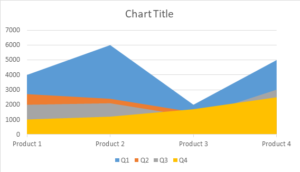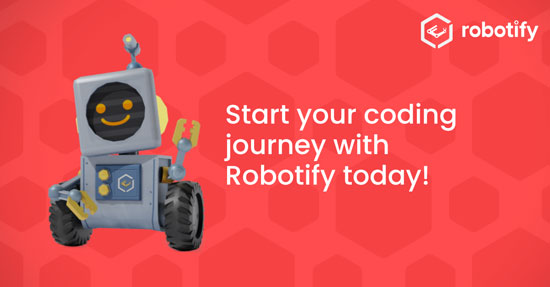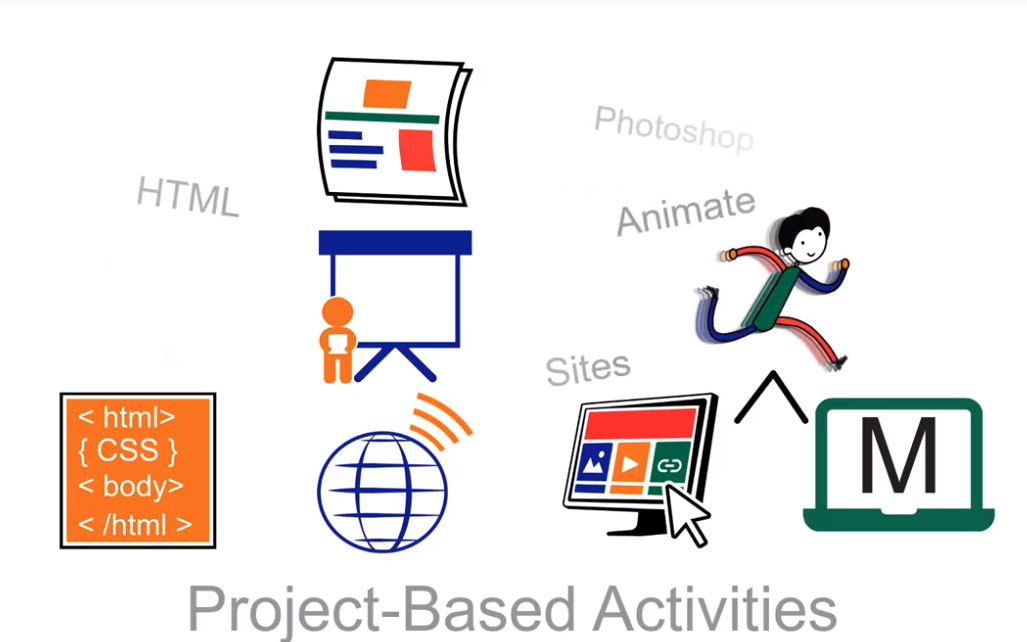
Reading Newspaper Together With Your Little Ones Is Beneficial
Reading Newspaper Together With Your Little Ones Is Beneficial
Reading is a life skill that you can help your child inculcate from a young age. It is the biggest gift you can give them. The advantages are tremendous. It sharpens their language, grammar, & vocabulary, widens their knowledge, and overall grooms them to be the finest communicators by making them very confident. Whether it is reading books, another form of text, or a newspaper, any form of reading must be encouraged. Being in the UAE, your kids will learn the local languages of the Middle East, but you must also motivate them to master English which is globally used, and they could even attempt picking up a different foreign language out of the GCC region. It would all broaden their horizon as they grow up to achieve amazing things in life. The foundation to learning so much is reading or making kids acquainted with various alphabets or texts and learning one or more languages. Apart from books, a physical or an e-newspaper would be effective to do so. A simple activity of reading a newspaper together would be extremely beneficial. These are the crucial yet joyful moments you can spend with your little one and the gains received will go a long way.
Never try to impose on the children to mandatorily sit with you and read a newspaper. Set aside some time every day or on certain weekdays or weekends for this activity. It could be for 15 to 30 minutes or could even go up to an hour depending on the interest the child gradually takes. This reading time should be when your child is feeling very fresh and not when they are already tired of studying school subjects. Again, you can choose a local language paper or a foreign newspaper in physical or e-paper form. You may either do this before school or later after they are back home. Try and choose an easy genre to read. Perhaps you can avoid any political, religious, or crime news-related pages and skip to the general or light-hearted coverage. Sports, entertainment, and youth-related news pages should be easy to start with. As they grow older, they will absorb the difficult content and process it accordingly. Patience is key.
Let them choose which article they want to read on a particular page if they find the headline catchy. The idea is to also select articles that have pictures supporting the story which will attract the child’s attention. Once the information has been read from a single piece, ask them in simple ways if they understood the matter and tell them to give you three things that they can remember from what they just read. You can highlight the difficult words and do a spelling quiz with them too. Let them ask you questions about the news story. Give them some bonus fun time and jump to pages that have Sudoku or Crossword puzzles in the newspaper. These games will strengthen their concentration levels. All in all, picking up and reading a newspaper will never be a boring activity for them and in fact they will look up to it.
From few to far-ranging topics, a newspaper will open up the minds of your children. They will themselves begin to understand what kind of genres they gravitate towards and others that don’t suit their interest. In later years of school and college, it will help them to choose the ideal career path. This knowledge gained will aid them in any competitive exams they may take later. Needless to say, reading a newspaper almost every day is going to definitely sharpen your kids’ general knowledge. From a very young age, they will learn to be abreast with the latest happenings around them in Dubai and the world at large.
If there is any news related to the current global warming issue, they will start understanding the power of saving water and electricity, growing more plants and trees, and cutting down plastic usage. Once they will know the problems faced by citizens across the world due to several issues, they will learn the virtue of humanity and kindness and will automatically be empathetic towards other individuals. Your child will organically pick up these attributes and that is the power of the simplest activity of reading a newspaper. Of course, the bond they will develop with you while reading will be priceless and they will truly be grateful for the same.
“Reading Eggs” makes learning to read interesting and engaging for kids, with great online reading games and activities. It is fun, interactive, and highly rewarding for ages 2-13 and it’s based on solid scientific research. “Reading Eggs” provides your child with an educationally sound and highly enjoyable learn-to-read program that is not only fun and effective but also easy to integrate into your daily routine. Children love the games, songs, golden eggs, and other rewards which, along with feeling proud of their reading, really motivate children to keep exploring and learning.













Recent Comments